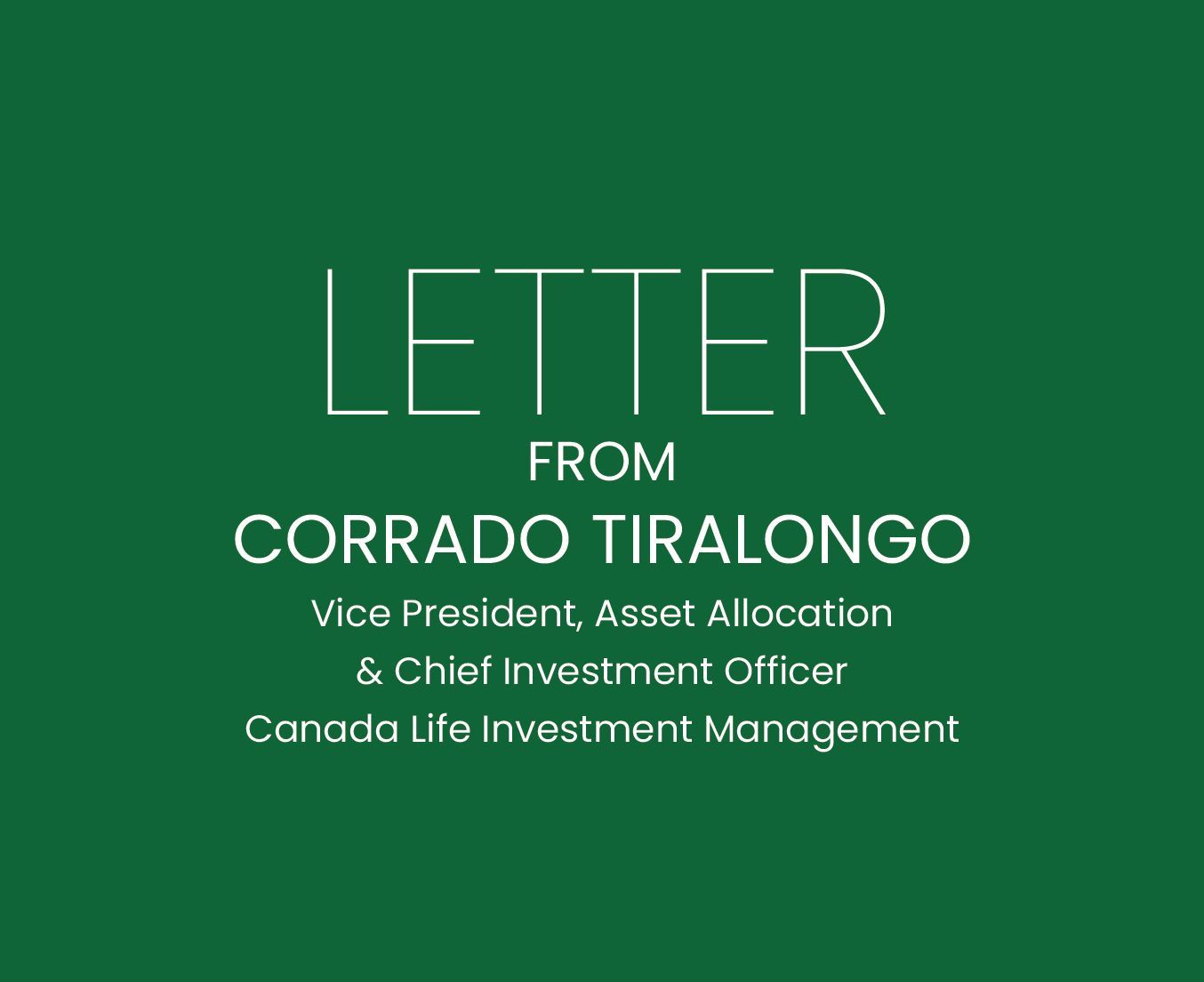With only a few days to the U.S. election, we’re taking a look at the current landscape and what might happen next.
The perceived probability of a Trump win has increased over recent weeks. We believe there is still ample scope for a sizeable repricing across markets once the election outcome becomes clear. A Republican “sweep” would probably lead to higher U.S. bond yields, a steeper yield curve, a stronger dollar and a short-term boost to the U.S. stock market.
These developments appear to have started to influence financial markets, which until recently had not reacted much to news around the election campaign. Since mid-September, U.S. bond yields have risen sharply (mostly at the long end of the curve), the dollar strengthened, and the stock market rallied.
While we think these shifts can largely be explained by the recent positive U.S. economic data and more hawkish guidance from FOMC members (since it appears that market participants are still unsure about the outcome, even if it looks like they now assign a higher probability to a Trump win and a Republican sweep), we believe there is ample scope for a sizeable move in the days after the election.
The immediate response to a Trump win would probably be higher U.S. bond yields, a stronger dollar and a rise in the U.S. equity market (outperformance of U.S. equities in comparison with those in the rest of the world). Whereas, a Harris win probably results in somewhat lower bond yields, a weaker dollar, and a slightly softer equity market. An unclear or contested outcome could result in a period of risk-off moves (lower yields, stronger dollar and weaker equity markets) until that uncertainty is resolved.
Once the dust has settled, the key question becomes how much of the winner’s policy program will be implemented and when? We think many of Trump’s policy ideas would end up being watered down and/or delayed. It’s unclear whether his tariff threats are intended to elicit concession from trade partners, or whether he intends to follow through. Whatever the case, he could use executive orders to introduce tariffs soon after assuming office. In contrast, fiscal policy requires legislation and would likely take longer.
Even if watered down somewhat, Trump’s policies could, on net, lead to weaker growth, higher inflation and somewhat tighter policy by the Federal Reserve (Fed) relative to the status quo policy mix. If Trump were to win, we would probably revise our forecast upward for the benchmark 10-year U.S. bond yield to 4.5%, and perhaps even 5% next year, and for the dollar by 5-10%. The medium-term impact of a Trump win on the equity market is ambiguous, in our view, but our base case would remain that the AI-driven euphoria in U.S. equities would likely continue over the next year or so.
Harris represents continuity with the Biden administration and would probably be constrained by a Republican senate. Even with a slim congressional majority, her administration would struggle to pass major policy changes. In the event of a Harris win, we would expect the 10-year U.S. bond yield anchored around 4% over the next year or so, a somewhat weaker dollar as the Fed continues to ease monetary policy, and a continued AI-driven rally in the stock market outweighing any policy-related headwinds.
Election odds can be viewed here.
What happens once the dust settles?
The initial market reaction to the election outcome would probably run its course over a few weeks.
We think many of Trump’s policy ideas would end up being watered down and/or delayed – which is essentially what happened in 2016-2020.
As noted, we believe the medium-term impact of a Trump win on the equity market is ambiguous. The clearest positive for equities among his policies is the presumed cut to the corporate tax rate. The other components of his policy proposals are probably a net negative for the U.S. equity market. Trump’s proposals, in our view, are more clearly negative for equities in the rest of the world, which wouldn’t benefit from a corporate tax cut. It would likely risk being hurt by higher tariffs and the risk of wider trade wars. Nonetheless, we believe the ongoing momentum around AI stocks would probably continue under a Trump presidency, driving U.S. equity markets higher over the next year.
A Harris presidency would probably look broadly similar to Biden’s four-year term. We expect her to continue his trade and immigration policies, as well as the “friendshoring” of critical supply chains. With a Republican congress, she wouldn’t be able to make much change on the fiscal front. Even if Democrats won both the Senate and the House, their majorities would likely be slim ones, and the current expectation is only limited changes to taxes and spending.
Conclusion
Taking a step back, we believe the outcome of the election will make a significant difference to the outlook for U.S. economic policy in several key areas, given the major differences between the two candidates’ views. In our view, Harris represents more of the same as the past four years. Trump represents a major shift on trade and immigration policy, as well as a different set of priorities on fiscal policy.
That said, the key challenges for the U.S. economy and markets will, for the most part, likely be the same under either Trump or Harris presidency. There are some areas where their approaches may not differ all that much in substance. Neither candidate (nor Congress) appears willing to reduce the massive fiscal deficit, meaning the risk of a, “bond vigilante,” moment in the next few years will remain high.
Both candidates will probably take a tough stance on China – a rare area of bipartisan agreement – even though it may be through somewhat different approaches. Both appear uncomfortable with the dominant position of the “big tech” platforms and may intensify regulatory and anti-trust scrutiny of their business models, which is a key risk to the ongoing surge in their share prices.
On balance, we are still maintaining our overweight to U.S. equities over the short term (~12 months) and will monitor events closely.
Sincerely,

Corrado Tiralongo
Vice President, Asset Allocation & Chief Investment Officer
Canada Life Investment Management Limited
Disclaimers:
This document may contain forward-looking information which reflect our or third-party current expectations or forecasts of future events. Forward-looking information is inherently subject to, among other things, risks, uncertainties and assumptions that could cause actual results to differ materially from those expressed herein. These risks, uncertainties and assumptions include, without limitation, general economic, political and market factors, interest and foreign exchange rates, the volatility of equity and capital markets, business competition, technological change, changes in government regulations, changes in tax laws, unexpected judicial or regulatory proceedings and catastrophic events. Please consider these and other factors carefully and not place undue reliance on forward-looking information. The forward-looking information contained herein is current only as of October 30, 2024. There should be no expectation that such information will in all circumstances be updated, supplemented or revised whether as a result of new information, changing circumstances, future events or otherwise.
The content of this communication (including facts, views, opinions, recommendations, descriptions of or references to, products or securities) is not to be used or construed as investment advice, as an offer to sell or the solicitation of an offer to buy, or an endorsement, recommendation or sponsorship of any entity or security cited. Although we endeavour to ensure its accuracy and completeness, we assume no responsibility for any reliance upon it.
Canada Life Investment Management Ltd. (CLIML) is an investment management firm offering wealth management products and services for individuals, families and business owners. The funds are sub-advised by leading asset managers, providing access to specialized investment expertise from around the world. CLIML is a subsidiary of The Canada Life Assurance Company.
Canada Life Investment Management Ltd. and design are trademarks of The Canada Life Assurance Company.
Investment Planning Counsel



